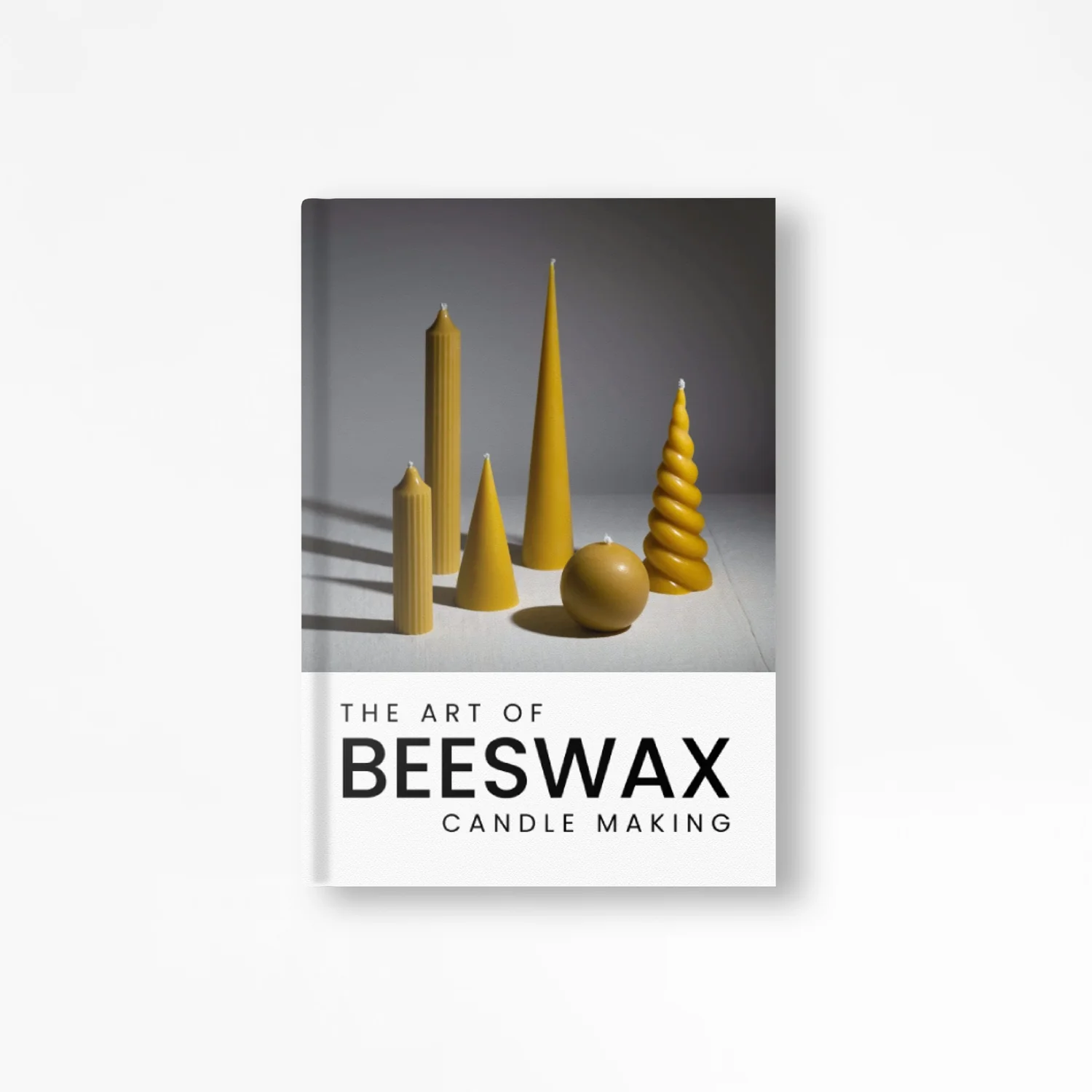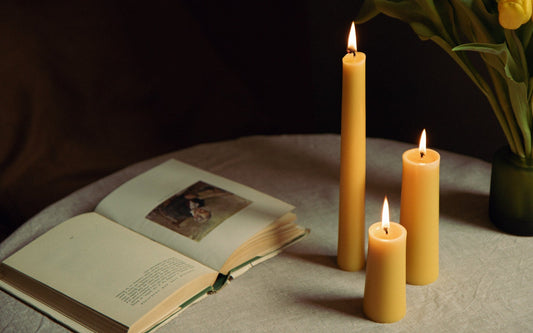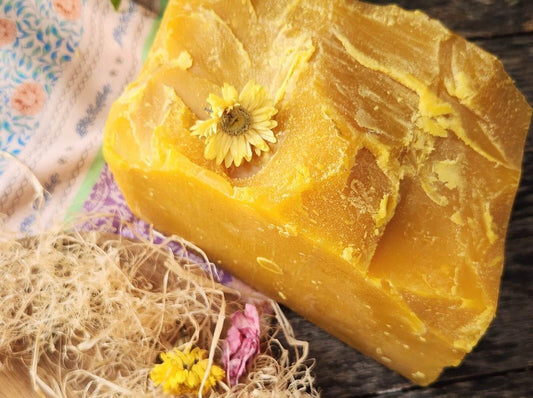The History of Beeswax Use in Cosmetics
Beeswax, a natural substance produced by honeybees, has been used in cosmetics and beauty rituals for centuries. Its versatile properties and beneficial effects on the skin have made it a popular ingredient throughout history. Join us on a journey through time as we explore the fascinating history of beeswax use in cosmetics, from ancient civilisations to the present day.
Ancient Times: The Origins of Beeswax Use
The use of beeswax in cosmetics dates back thousands of years. Ancient civilisations such as the Egyptians, Greeks, and Romans recognised the valuable properties of beeswax for skincare and beauty enhancement. In ancient Egypt, beeswax was an essential ingredient in various beauty preparations, including ointments, balms, and cosmetics. Cleopatra, known for her legendary beauty, was said to have used beeswax extensively in her skincare regimen.
In ancient Greece and Rome, beeswax was also highly regarded for its cosmetic benefits. It was used to create cosmetics such as lip balms, creams, and perfumes. The Greeks believed that beeswax had moisturising and protective properties, while the Romans used it to create scented candles and solid perfumes.
Medieval Period: Beeswax in European Beauty Practices
During the medieval period, beeswax continued to play a significant role in beauty practices in Europe. It was used to create cosmetics such as lip balms, hand creams, and face masks. Beeswax was often combined with other natural ingredients like herbs, oils, and resins to enhance its effectiveness.
One notable use of beeswax during this time was in the creation of pomades. Pomades were scented hair products that provided shine and hold to hairstyles. Beeswax served as a key ingredient in these formulations, contributing to their texture and styling properties.
The Renaissance and Industrial Revolution: Advancements in Beeswax Cosmetics
The Renaissance period marked a resurgence of interest in cosmetics and beauty, leading to further advancements in beeswax use. As trade routes expanded and new discoveries were made, beeswax became more widely available and accessible.
During the Industrial Revolution, the production of beeswax cosmetics underwent significant changes. With advancements in manufacturing and extraction techniques, beeswax could be processed more efficiently and used in various cosmetic products on a larger scale. This period saw the rise of commercial beauty brands incorporating beeswax into their formulations.
Modern Times: Beeswax in Contemporary Cosmetics
In modern times, the use of beeswax in cosmetics has continued to thrive. The demand for natural and organic beauty products has created a resurgence of interest in beeswax as a key ingredient.
Beeswax is valued for its emollient, moisturising, and protective properties, making it a popular choice in skincare products such as lip balms, lotions, creams, and natural makeup. Its ability to create a protective barrier on the skin helps to lock in moisture and prevent dryness.
Furthermore, beeswax is often used in natural and organic formulations as an alternative to synthetic ingredients and petroleum-based waxes. Consumers are increasingly drawn to the purity and sustainability of beeswax, appreciating its natural origins and the benefits it offers for their skin and overall well-being.
Today, you can find beeswax in a wide range of cosmetic products, including lip balms, body butters, salves, soaps, and even natural hair care products. Its versatility allows it to be incorporated into various formulations, providing texture, stability, and nourishing properties.
The Benefits of Beeswax in Cosmetics
Beeswax offers several advantages that make it a prized ingredient in cosmetics:
- Moisturising and Hydrating: Beeswax is a natural humectant, attracting and retaining moisture, which helps to keep the skin hydrated and supple.
- Protective Barrier: When applied to the skin, beeswax forms a protective barrier that shields it from environmental pollutants, harsh weather conditions, and moisture loss.
- Emollient Properties: Beeswax softens and smooths the skin, making it an ideal ingredient for lip balms, creams, and body butters.
- Anti-inflammatory: Beeswax contains anti-inflammatory compounds that can help soothe and calm irritated skin, making it suitable for sensitive or reactive skin types.
- Natural Preservation: Beeswax has antimicrobial properties that can contribute to the preservation of cosmetic formulations, reducing the need for synthetic preservatives.
The Sustainable Appeal of Beeswax
In addition to its skincare benefits, the use of beeswax in cosmetics aligns with the growing demand for sustainable and eco-friendly products. Beeswax is a renewable resource that can be harvested without harming the bees or the hives. It supports the beekeeping industry and promotes the conservation of bees, which play a crucial role in pollination and the health of ecosystems.
Choosing beauty products that incorporate beeswax not only benefits your skin but also contributes to a more sustainable and nature-friendly approach to personal care.
Conclusion
The use of beeswax in cosmetics has a rich and storied history that spans ancient civilisations to the modern age. From the beauty rituals of Egyptian queens to the contemporary demand for natural and organic skincare, beeswax has proven itself as a valuable and versatile ingredient.
With its moisturising, protective, and sustainable properties, beeswax continues to be a sought-after ingredient in cosmetics. As consumers prioritise natural and eco-friendly beauty options, the timeless appeal of beeswax remains strong.
Embrace the legacy of beeswax in cosmetics and experience the benefits of this remarkable natural ingredient as you incorporate it into your skincare routine. Let the ancient wisdom and modern innovation of beeswax enhance your beauty rituals and nourish your skin for years to come.










